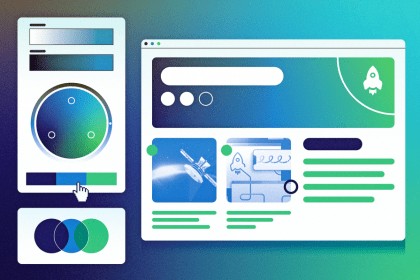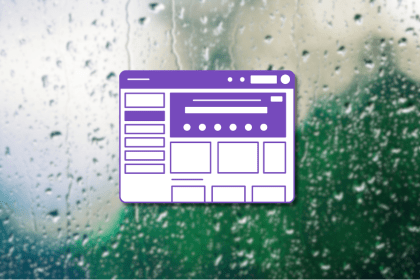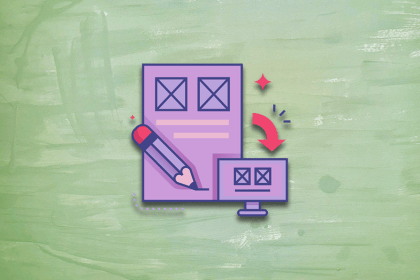
The first interaction sets the tone for the entire experience — get it right, and you’ve hooked your users from the start. So as a UX designer, you need to know how to put the primacy effect of UX design to good use.

Analogous color schemes offer a powerful way to guide user emotions and behavior. This guide shows you how to make colors do the good work of improving UX.

Knowing about trie data structures can help UX designers create quicker and more intuitive search experiences and improve overall usability.

The need for human centered design will only grow as technology evolves. Embracing these principles now will set you up to not meet but exceed the expectations of your users.

By starting with content, you ensure that your core message is clear, engaging, and aligned with user needs.

Signifiers are not just fancy signs in UIs. They are crucial communication tools for UX designers that hint users about specific actions by enhancing usability factors.

The most magical thing about the golden ratio is how artists and architects have considered the problem of proportion in history.

Let’s talk about how to find the right balance when implementing valuable AI into products without impeding human creativity.

Both UX and SEO are critical for any business. But did you know that they are also closely related? In this blog, I explore how UX designers can use SEO to improve search result positioning.

As a designer, it’s important that you familiarize yourself with common pitfalls in design and their implications.

Specificity is essential in job descriptions for any level. This blog will guide you in crafting an ideal UX designer job description.

There’s little to no room for innovation and creativity in ecommerce. But by nailing every step of the sales funnel, you can greatly impact the company’s sales.